Un héritage naturel à protéger
Découvrez comment les organismes de conservation protègent les espaces naturels du Canada et apprenez comment vous pouvez soutenir les efforts de conservation.
Deverell-Morton Nature Reserve
Qu’est-ce qu’un organisme de conservation ?
Les organismes de conservation sont des organisations caritatives à but non lucratif qui ont pour valeurs fondamentales la préservation des propriétés privées par donation, acquisition et/ou accords de conservation (servitudes et conventions).
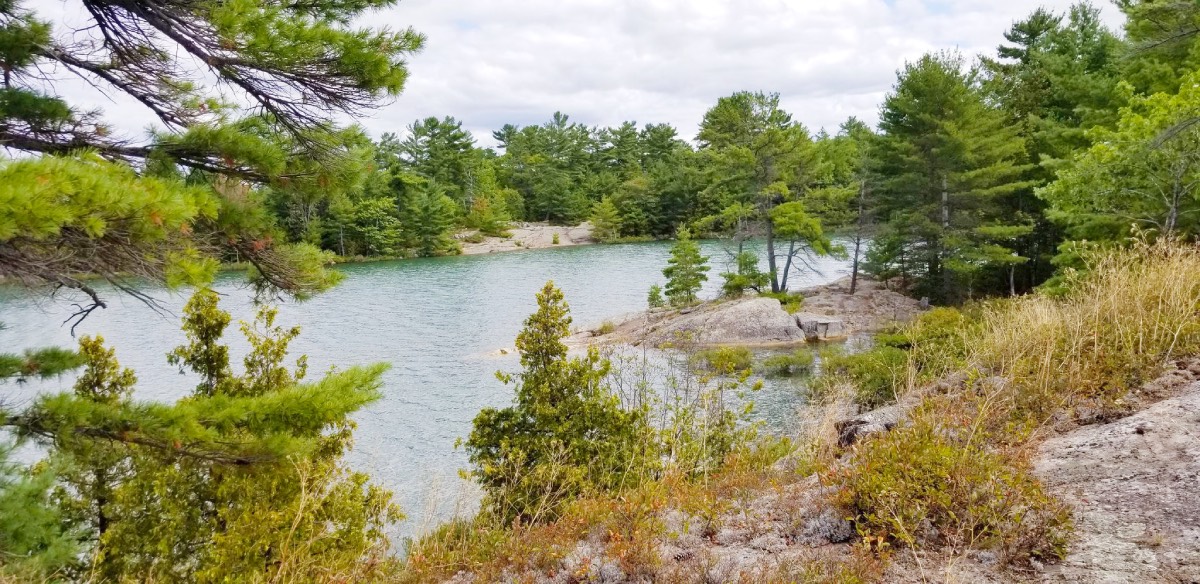
L’île Bowen, en Ontario, protégée par The Kensington Conservancy, est située dans le canal St. Joseph du lac Huron. Cette île est un sanctuaire pour des espèces d’oiseaux vitales et un centre de biodiversité riche.
Quels terrains protègent-ils ?
Contrairement à une aire de conservation financée par le gouvernement, ces organismes protègent des terres privées à perpétuité, garantissant que la terre reste préservée pour les générations futures.
Le caractère distinctif d’un organisme de conservation réside dans l’action directe qu’il mène pour protéger les terres locales et dans le fait qu’il conserve ces terres ou servitudes de conservation pour les générations à venir.
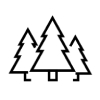 Forêts
Forêtsprairies
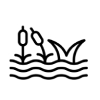 Zones humides
Zones humidesrivages
 Terres agricoles
Terres agricolesterres culturelles
 Habitats fauniques
Habitats fauniquesQui peut créer un organisme de conservation ?
Un organisme de conservation peut être créé par un groupe éligible à former une société ou une organisation caritative à but non lucratif. Envisagez-vous de créer un organisme de conservation ?Apprenez ce qu’il faut pour établir un organisme de conservation et comment votre groupe peut contribuer aux efforts de conservation.
« Ce sont nos espaces naturels qui portent les souvenirs de nos vies — et les histoires de nos ancêtres qui nous ont précédés. Nous devons tous réfléchir à la manière dont nous pouvons contribuer à la prospérité collective de notre avenir. »
Dennis Kingston, donateur de terres du New Brunswick Nature Trust
Joaquin Riesgo
Voyez l’impact à travers tout le pays !
Les organismes de conservation du Canada
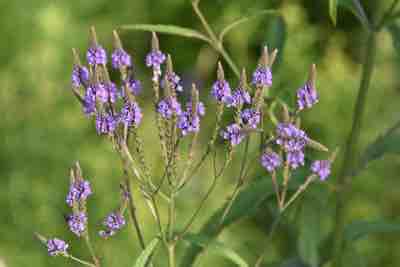
Fournissent des solutions climatiques importantes basées sur la nature grâce à la protection et à la restauration d’habitats riches en carbone.
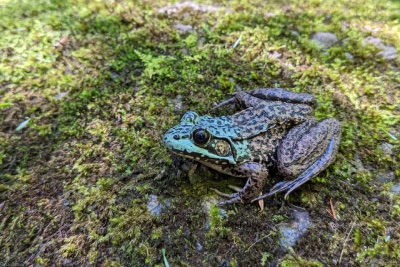
Établissent un réseau d’espaces protégés interconnectés par des corridors, préservant ainsi l’habitat essentiel des espèces en péril et la biodiversité dans son ensemble.
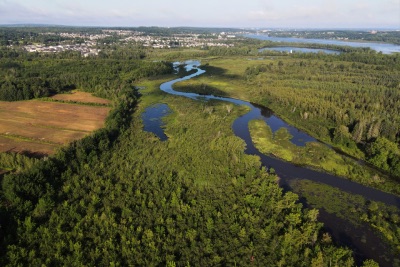
Contribuent aux objectifs nationaux de conservation de 30% des terres d’ici 2030.
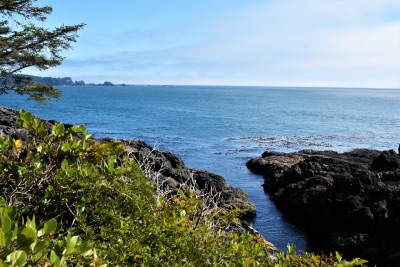
Sont susceptibles de se développer et d’acquérir une plus grande importance économique, notamment en contribuant aux biens et services écologiques qui, autrement, nécessiteraient le développement d’infrastructures.
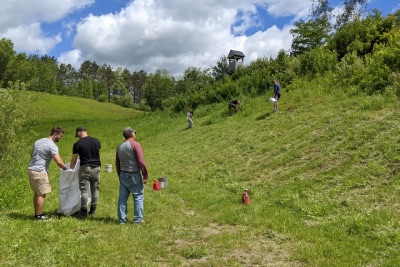
Travaillent avec les communautés locales pour protéger les espaces naturels, promouvoir la conservation et impliquer les citoyens dans la gestion environnementale.
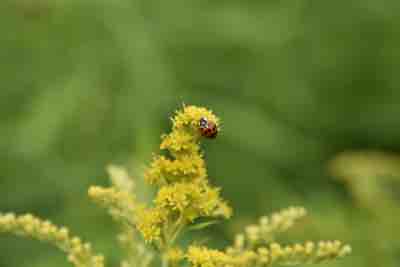
Collaborent avec les communautés autochtones pour soutenir la protection des terres, respecter les savoirs culturels et favoriser la réconciliation grâce à des partenariats significatifs.
Joaquin Riesgo
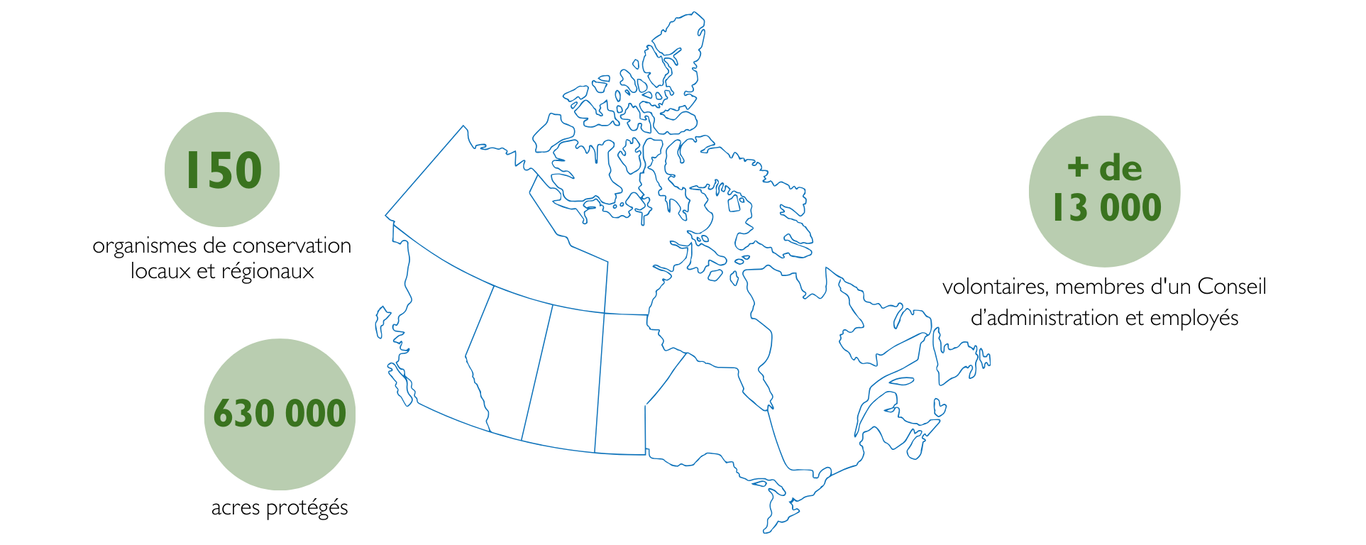
Explorez les organismes de conservation près de chez vous grâce au site de votre alliance provinciale :
Pour les provinces des Prairies et les provinces de l’Atlantique, vous pouvez tout de même découvrir des organismes de conservation locaux dédiés à la préservation des terres. Consultez la liste des organisations qui travaillent à protéger ces paysages essentiels.
Big Island, ON
Big Island, ON
Big Island (Boyd/Chiminis), Ontario, protégée par Kawartha Land Trust, est la plus grande île non développée des Kawarthas, abritant des zones humides immaculées, des forêts luxuriantes et une diversité d’espèces végétales et animales.
La Tourbière de Saint-Joachim-de-Shefford, QC
La Tourbière de Saint-Joachim-de-Shefford, QC
En descendant vers les falaises côtières de Cape Conservation Area, Bowen Island, Colombie-Britannique. Photo : Owen Plowman. Courtoisie de Bowen Island Conservancy.
Zone de conservation, AB
Zone de conservation, AB
La tourbière de Saint-Joachim-de-Shefford est une zone humide d’environ 200 hectares, totalement unique sur le territoire de notre communauté.
Bowen Island, C.-B.
Bowen Island, C.-B.
Les brumes tourbillonnantes du matin et le rivage d’une section protégée du lac Cox dans la zone de nature sauvage de Blue Mountain-Birch Cove Lakes, près de Halifax, Nouvelle-Écosse, Canada. Photo : Irwin Barrett.
Blue Mt Wilderness Connector, N.-É.
Blue Mt Wilderness Connector, N.-É.
La zone de conservation de la rivière Rosebud, Spruce Coulee Farms, Alberta. Courtoisie de Western Sky Land Trust.
Bois riverains, ON
Bois riverains, ON
La Réserve naturelle des Bois riverains, conservée par Bruce Trail Conservancy, s’étend sur 88 hectares de forêts diversifiées, de prairies luxuriantes et d’habitats fauniques.


